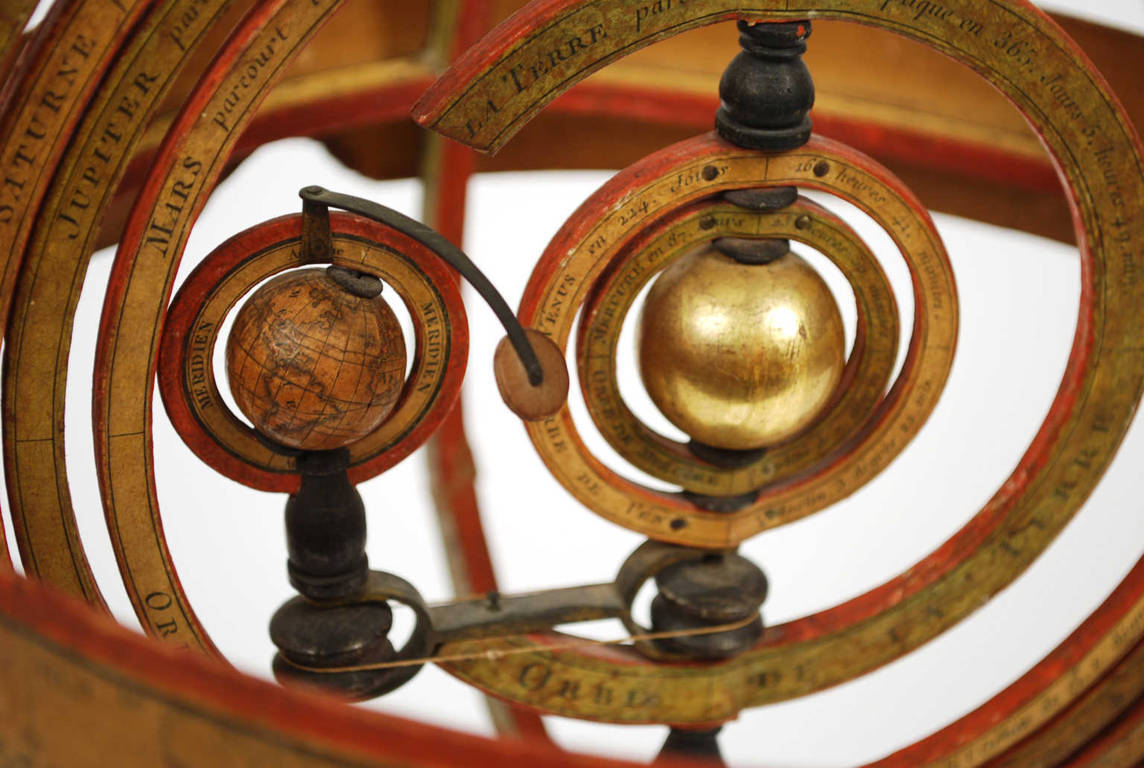antik.it/Nautical-antiques/7565-Antique-Figurehaed/
Code 7565
EUR 8500.00
In stock
1686152598Code 7565 Antique FigurehaedAntique wooden figurehead depicting Giacomo Uncino better known as Captain Hook, famous pirate and the main antagonist of Peter Pan. Hook is the fictional captain of a cruel pirate ship. He is so called because instead of his right hand he has an iron hook, his hand was cut off by Peter Pan during a fight and then fed to a crocodile, which liked the hand so much that he hopes to eat the pirate as well at the which one continues to hunt.
The work, in carved chestnut wood was created by a good Ligurian sculptor ain the early 1900s, of excellent workmanship portraying the half-bust of a bearded man, the right eye bandaged and the hook instead of the right hand, while the left hand holds a large sword and a bandana as a headdress.
Measure cm 35x27 altezza cm 88 – inches 13.7 x 10.6 x 34.6
Chestnut is a precious wood and very resistant to bad weather and wind.
The broken sword was restored in an earlier period, otherwise the state of conservation is very good.
A figurehead is a wooden decoration, which was found on the prow of ships from the 16th to the 19th century. The practice was first introduced in galleons, but even older vessels often had some decoration in the prow.
Like many of the austere decorations of the time, the figureheads were intended to indicate the name of the ship that hosted them to people who could not read, and were also intended to show the owner's wealth and strength. During the Baroque period some ships boasted gigantic figureheads weighing many tons and sometimes even carrying two, one on each side of the foremast.
The large figureheads, being carved in solid wood and being placed on the tip of the hull, negatively affected the ships' navigation capabilities. This, and the high construction costs, led in the 18th century to make much smaller figureheads and even to eliminate them in the following century.
After the Napoleonic wars, some figureheads began to be produced again, but they only depicted small busts and not the large figures used in the past. Clippers of the 1850s and 1860s typically featured full-length figureheads, but these were relatively small and light.
The figurehead as such died with the end of the use of large-scale sailing propulsion. Early steamers had structures resembling figureheads on their bows. This practice lasted until the First World War.
FAQ
Do you provide an authenticity certificate/expertise?
Of course! The legislative decree n. 42/2004 stipulates that who sells works of art or historical and archaeological items has the obligation to deliver to the purchaser the documents attesting to the authenticity of the object, or at least to submit the documents relating to the probable attribution and origin. Antik Arte & Scienza provides an expertise (as warranty) that contains a description, period and assignment or the author, if known, of the item.
How can I pay?
Secure payments by PayPal, credit card or bank transfer.
What are the shipping terms and the delivery schedule?
Shipping by DHL or UPS is free (but if we are shipping to a country non-EU remember that any taxes and customs duties are on your expense), and items will be sent just after receiving of payment.
Italy: delivering on the average in 24 h.
Europe: delivering on the average in 2/3 weekdays.
Other countries: delivering on the average in 5 weekdays; custom duties charged to the buyer.
Is shipping insured?
Of course! Free insurance by Lloyd's London that covers almost all destinations.
If I change my mind, can I return the item?
Of course! (see our general terms for more information).
e-Shop
Nautical antiques
Code 7565 Antique Figurehaed
Antik Arte & Scienza sas di Daniela Giorgi - via S. Giovanni sul Muro 10 20121 Milan (MI) Italy - +39 0286461448 - info@antik.it - www.antik.it - Monday-Saturday: 10am-7pm

































